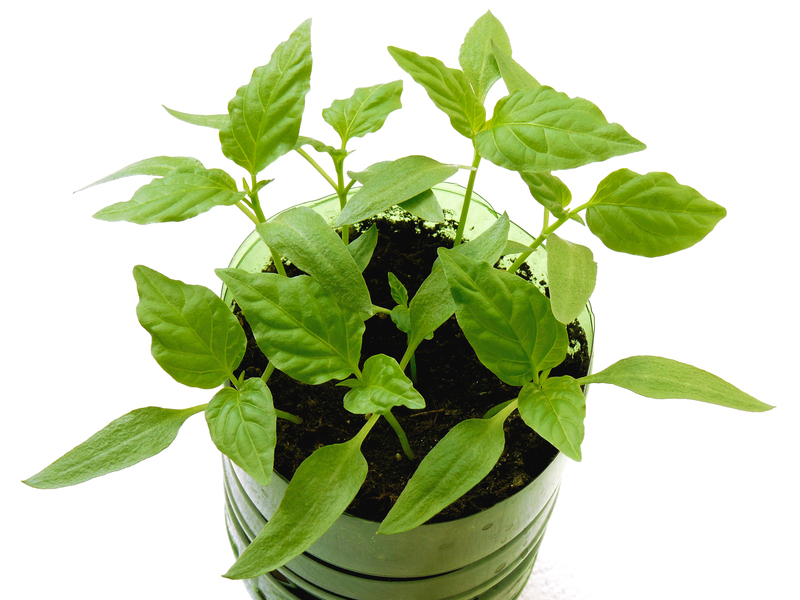Implement a Rainwater Harvesting System for Outdoor Water Usage
Posted on 15/08/2024
Are you tired of seeing your water bill skyrocket during the summer months due to increased outdoor water usage? Do you want to do your part in conserving water and become more self-sufficient in your household? If so, then implementing a rainwater harvesting system for outdoor water usage may be the perfect solution for you.
In this article, we'll discuss the benefits of rainwater harvesting, how it works, and provide tips on how to successfully implement and maintain a system of your own. So let's dive in!
What is Rainwater Harvesting?
Rainwater harvesting is a method of collecting, storing, and using rainwater for various purposes such as watering plants, washing cars or pets, and even flushing toilets. It involves installing a system that captures runoff from rooftops and channels it into a storage tank for later use.
This practice has been used for centuries in areas with limited access to clean water. However, it has gained popularity in recent years due to increasing concerns about water scarcity and environmental sustainability.

Benefits of Rainwater Harvesting
1. Reduce Water Costs
By implementing a rainwater harvesting system, you can significantly reduce your dependence on municipal water supply and lower your utility bill. During the summer months when outdoor water usage tends to increase, this can result in significant cost savings.
2. Sustainable Water Source
Rainwater is a natural resource that is constantly replenished by nature. By utilizing this source of water, you are reducing the strain on groundwater reserves and municipal water treatment facilities.
3. Better for Plants
Unlike tap water, rainwater is free from harsh chemicals such as chlorine and fluoride which can be harmful to plants. By using rainwater to irrigate your garden or lawn, you are providing them with a more natural and beneficial source of hydration.
4. Environmentally Friendly
As mentioned earlier, rainwater harvesting helps reduce strain on groundwater resources and municipal treatment facilities. This has a positive impact on the environment by conserving water and reducing water pollution.
How Does It Work?
A rainwater harvesting system consists of three main components - a collection system, conveyance system, and storage tank.
1. Collection System
The collection system is usually located on the roof of a building. It can be as simple as gutter and downspout connected to a storage tank or more complex with a larger network of pipes and filters.
2. Conveyance System
The conveyance system transports the collected rainwater from the roof to the storage tank. This may include pipes, filters, and screens to remove debris and ensure that only clean water enters the tank.
3. Storage Tank
The storage tank is where the rainwater is stored until it's needed for outdoor use. It can be above or below ground depending on the available space and personal preference.
Tips for Implementing and Maintaining a Rainwater Harvesting System
1. Choose the Right Location
When selecting a location for your storage tank, make sure it is close to the area where you will be using the water. This will reduce the need for additional piping and make maintenance easier.
2. Use Appropriate Filter Systems
It's crucial to keep debris and contaminants out of your storage tank to maintain the quality of water. Install screens at the entry point of your collection system, as well as filters throughout your conveyance system to remove any particles.
3. Regular Maintenance is Key
Regular maintenance is essential to keep your system functioning effectively. Inspect your gutters, screens, and pipes for any blockages or damage that could affect performance. Also, make sure to clean out your tank periodically to remove sediment buildup.
4. Consider Overflow Options
In case of heavy rainfall, it's important to have an overflow option in place so that excess water doesn't flood your property or cause damage to your building or landscaping.
Pros and Cons of Rainwater Harvesting
Pros:
- Cost savings on water bills
- Sustainable and environmentally friendly
- Better for plants and gardens
- Reduces strain on municipal water resources
Cons:
- Initial setup cost can be expensive
- Relies on consistent rainfall for adequate supply
- Regular maintenance is required
- May require additional space for storage tank

Takeaways
Implementing a rainwater harvesting system can provide numerous benefits such as cost savings, environmental sustainability, and better water quality for your plants. However, it's important to carefully plan and maintain your system to ensure its effectiveness.
Conclusion
In conclusion, by implementing a rainwater harvesting system for outdoor water usage, you can not only save money but also do your part in conserving our planet's precious water resources. With proper planning and maintenance, you can enjoy the benefits of this sustainable practice for years to come. So why wait? Start harvesting rainwater today!





